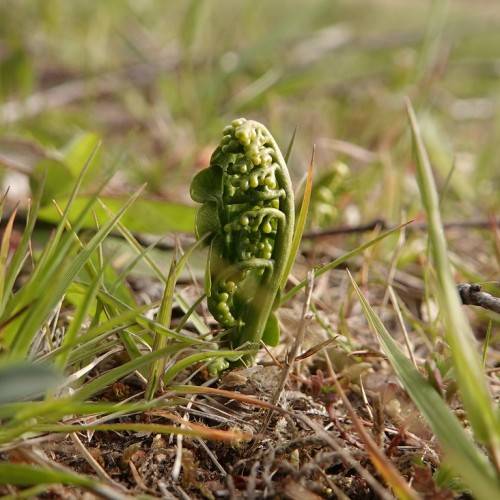
Common Moonwort
Botrychium lunaria
Watering:
Minimal
Hardiness Zone:
Flowers:
Flowers
Sun:
part shade,full shade
Fruits:
Fruits Ready In Fall
Leaf:
Yes
Growth Rate:
Low
watering
Water this plant species when its soil is dry, and it requires moist soil to stay healthy, so it is best to water Narrow Triangle Moonwort when the top 1 - 2 inches of soil feel dry. It should be watered deeply at least once every 7-10 days. Too much water and waterlogging around its root system can be detrimental to the plant, so it is important to only water when the soil needs it. If watered too often, it can cause root rot due to too much water.
sunlight
Narrow Triangle Moonwort (Botrychium lanceolatum subsp. angustisegmentum) requires partial to full shade for optimal growth. This plant species prefers bright, indirect light for most of the day, but should be kept out of direct sunlight. It should not be planted in areas that receive more than about 6 hours of direct sunlight per day. If the plant does receive direct sunlight, then it should be filtered through a light cloth or canvas so that it is not too intense. In general, it should be in an environment with no more than 4 hours of direct sunrise and sunset, or dappled sunshine throughout the day.
pruning
Narrow Triangle Moonwort should be pruned in late winter or early spring, just before the new growth begins. Pruning should be done carefully because this plant has very fine foliage, and the outer foliage must be kept intact. This will ensure that the inner parts of the plant receive enough light and air circulation. Pruning should be limited to removing old, damaged or dead foliage and stems, as well as encouraging the overall shape and structure of the plant. Avoid pruning the centre-most foliage, as this is vital to keeping the narrow triangle shape of the plant intact.
